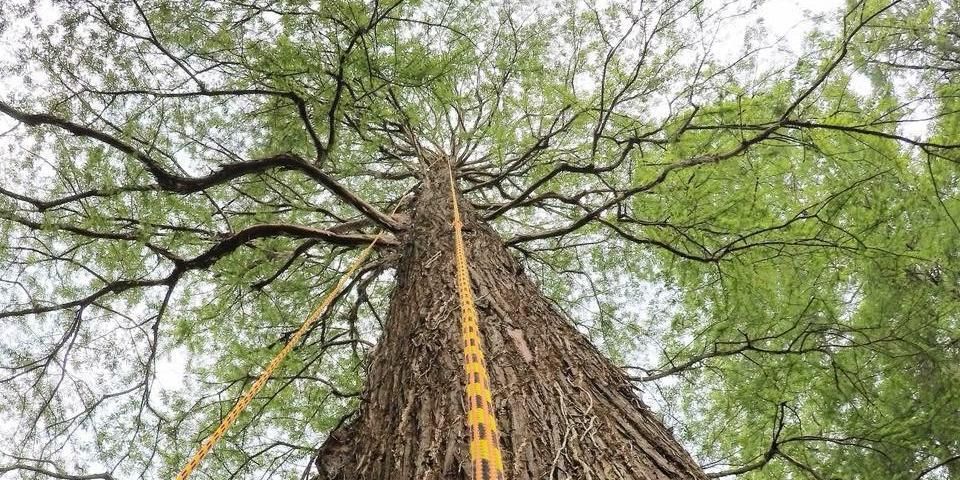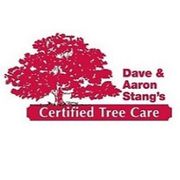3 Common Threats to Trees in Ohio

Trees are one of the most important aspects of any landscape or property adding value and beauty to every home. It's important that every homeowner or property manager is made aware of what dangers these trees are vulnerable to. Some examples of these threats are Dutch elm disease (DED), Emerald ash borer (EAB) and Rhizosphaera needle cast.
3 Common Threats to Trees in Ohio
1. Dutch Elm Disease
Dutch elm disease (DED) is a devastating vascular wilt disease that was first diagnosed in the United States in the 1930s that affects only elm (Ulmus) trees. DED, which has killed hundreds of thousands of elm trees, is caused by a fungus that is introduced to elm trees by elm bark beetles. These beetles tunnel into dead or dying branches and lay eggs. The larvae hatch and then feed on the layer just under the bark where they pick up the spores of Dutch elm disease. As the adult beetles emerge from under the bark in early spring, they feed in twig crotches and infect the elm tree. Once the elm tree becomes infected it's vascular tissue becomes clogged causing sudden yellowing and wilting of leaves on individual limbs. These wilted leaves then become brown and the limbs die causing the loss of entire sections of the tree. This can happen very rapidly killing a large elm in just one year. Infected elm trees can then infect other elm trees that share root zones through grafted roots.
The best strategy is to plant non-native elm trees that are less susceptible such as Siberian elm (U. pumila), Japanese elm (U. japonica), or lacebark elm (U. parvifolia). Some resistant American elm varieties are available; ask your local nursery.
The susceptible elms in the greater Cincinnati area are Red elm (U. rubra), American elm (U. americana) and Rock elm (U. thomasii). If you already have one of these species, then it is important to take preventative measures to keep your investment safe. Have a professional tree care company with arborists on staff prune out dead or dying limbs and apply a fungicide every 2-3 years.
 2. Emerald Ash Borer
2. Emerald Ash Borer
First identified in Michigan in 2002, this wood-boring beetle is responsible for killing millions of ash trees in North America and is now considered the most destructive forest pest ever seen on this continent. The emerald ash borer is a metallic green beetle whose larvae feed on the water and nutrient conducting tissue of the ash tree robbing the tree of food and hydration, ultimately killing the tree.
These borers are a species specific pest attacking only trees in the genus Fraxinus, commonly called ash trees. Symptoms that your ash tree has been attacked include thinning of the upper canopy, water sprouts (commonly called suckers) growing off the trunk and the internal part of branches, bark splitting and woodpecker activity. If an ash tree has these symptoms it does not always mean there is an infestation. Some environmental stresses can cause similar features. The signs that are more specific to EAB are "D" shaped holes approximately 1/8" in diameter located on the trunk or limbs and "S" shaped galleries where the bark has come off.
Fortunately, if the infestation is caught early enough, your ash tree can be saved by injecting it with an insecticide biannually.
3. Rhizosphaera needle cast disease of Spruces
This is disease is most commonly seen in Cincinnati on Colorado blue spruce (Picea pungens var. glauca). Needle cast is an opportunistic disease that is caused by the fungus Rhizospaera kalkhoffi and is most seen after long wet springs. Symptoms of this fungal disease includes severe needle loss of older needles, a purplish/ lavender tint to internal needles on the bottom portion of the tree and thinning of lower limbs. Spruce trees will also show some of these symptoms if they are stressed due to excessive water, drought or compacted soil. Another needle cast caused by the fungus Stigminia lautii has similar symptoms. Rhizosphaera needle cast can be differentiated from Stigminia lautii needle cast by a certified arborist.
Rhizospaera needle cast can be both controlled and prevented. Basic management of this disease includes keeping your Blue spruces healthy, removing fallen needles from under the tree and pruning off dead limbs. If the tree is already infected it can be treated with a broad spectrum fungicide first in late May and then again a month later. The timing of the applications are based on the formation of new shoots and might vary from year to year.
When it comes to preventing or treating disease in your trees, you need the services of a caring professional. At Dave & Aaron Stang's Certified Tree Care, their arborists offer decades of experience and provide a number of tree care services, including treatment for ash borers, pruning, fertilization, and stump removal. For more information, visit their website, follow them on Facebook, or give them a call at (513) 936-9777.
About the Business
Have a question? Ask the experts!
Send your question

